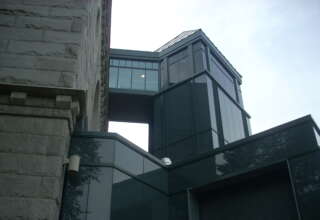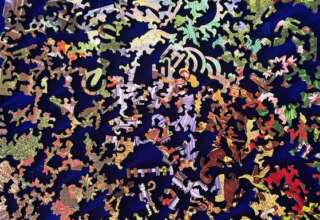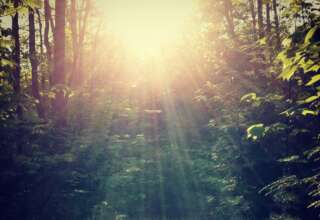
As we look to the form which public and private organizations will take during the mid-21st Century, there are likely to be a rapid expansion in not only the traditional public/nonprofit and private/for profit sectors, but also in the private/nonprofit sector and in the Intersect. While the first sector (public/nonprofit) will continue to provide certain key services in areas that no other sector can serve, it will become a much smaller sector, with government shrinking in size (at least in a relative sense) and many more functions being provided by the other three sectors. We are likely to see government primarily in the business of security and defense, as well as in the business of raising funds (the taxing authority) that are in turn distributed to organizations in one of the three other sectors.
Modern America was filled with big business and big government. The days have passed in which these two sectors (private/for profit and public/nonprofit) dominated the American economy. Solutions to most of the pressing problems of 21st Century America no longer will be coming from either big business or big government—at least not in isolation from the other three sectors. Much of the action in the near future will come from partnerships and consortia comprised of organizations from all four sectors. If Americans look for solutions in any one sector, they are likely to turn to the Intersect. They are likely to invest their trust in peculiar organizations that can readily move across traditional boundaries but also exhibit the troubling ambiguity that is inherent in the flexibility and adaptability of the Intersect.
Implications of The Intersect Organization
A bottom-line mentality is typically not appropriate in the Intersect organization—nor in many other contemporary organizations either. Organizations no longer (if they ever did) exist simply to make money for their owners or stockholders. This is an inadequate statement of intention for any organization, especially one with diffuse or highly flexible boundaries. In essence, a bottom-line mentality tends to hide or distort the founding or driving purpose of the institution and leaves it directionless in a rapidly changing world. In 1989 Peter Drucker (1989, p. 230) concluded: “neither the quantity of output nor the ‘bottom line’ is by itself an adequate measure of the performance of management and enterprise.”
Peter Senge (1990, pp. 147-148) similarly noted at about the same time that a primary emphasis on profit in an organization diminishes the vision of the organization and leads to a focus on means rather than ends:
Many senior executives . . . choose “high market share” as part of their vision. But why? “Because I want our company to be profitable.” Now, you might think that high profits [are] an intrinsic result in and of itself, and indeed it is for some. But for surprisingly many other leaders, profits too are a means toward a still more important result. Why choose high annual profit? “Because I want us to remain an independent company, to keep from being taken over.” Why do you want that? Because I want to keep our integrity and our capacity to be true to our purpose in starting the organization.” While all the goals mentioned are legitimate, the last—being true to our purpose—has the greatest intrinsic significance to this executive. All the rest are means to the end, means which might change in particular circumstances.
Kenneth Boulding predicted that the problems of measurement and evaluation associated with the Intersect organization would become even more common in the future. He was quite accurate in his prediction. When these problems of measurement among intersects are compounded with the measurement problems induced by size then it is not hard to understand the postmodern emphasis on relativistic social and organizational values, and its skepticism regarding clearly perceived and measured “realities.”









